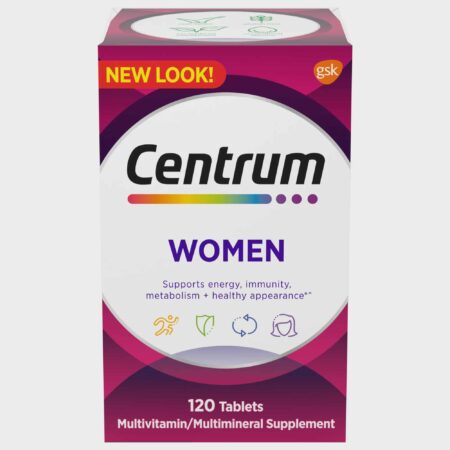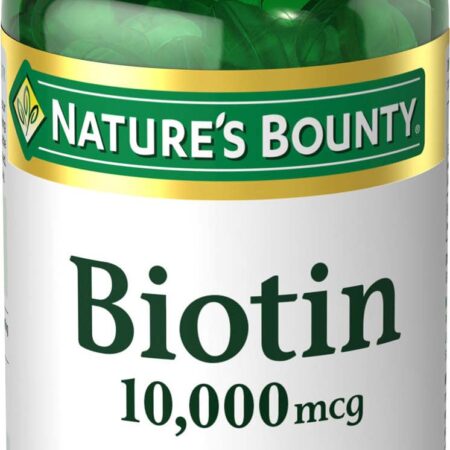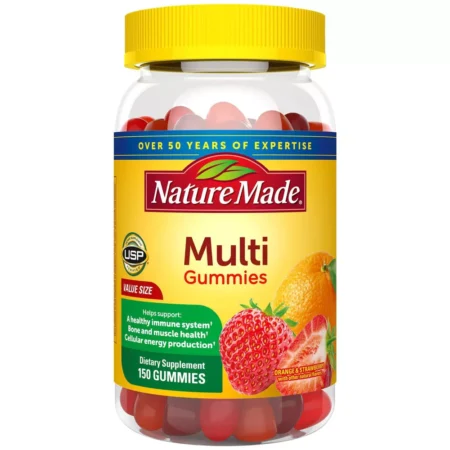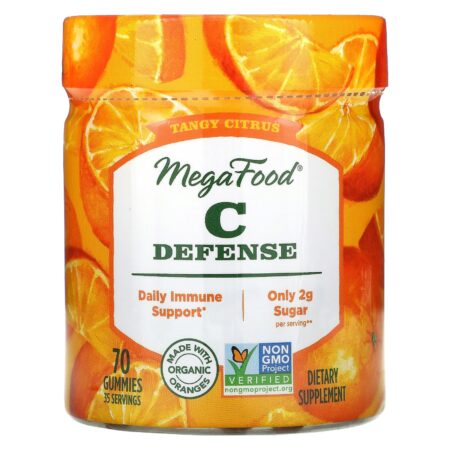A healthy diet plan and a little workout seem great for arthritis, even on the cellular level.
A group led by Washington State University scientists utilized gallic acid, an antioxidant discovered in gallnuts, green tea and other plants, and used an extending system to human cartilage cells drawn from arthritic knees that simulates the extending that happens when strolling. The mix not just reduced arthritis swelling markers in the cells however enhanced the production of wanted proteins usually discovered in healthy cartilage.
While still at an early phase, the findings recommend a brand-new treatment might be established to deal with cartilage cells drawn out from a client to grow a supply of cells or a tissue to be re-implanted.
” We discovered the combined extending, which imitates a workout for the cell itself, with the gallic acid reduced swelling markers, which indicates we had the ability to reverse osteoarthritis,” stated Haneen Abusharkh, the research study’s lead author and a current WSU Ph.D. graduate. “It’s essentially like having excellent workout and an excellent diet plan on a micro-scale.”
For the research study, released in Speculative Cell Research Study, the scientists gathered osteoarthritic cartilage cells from contributed knees gotten throughout joint replacement surgical treatment at Pullman Regional Medical Facility. They cultured the cells in the laboratory and very first checked 6 antioxidant “nutraceuticals,” or dietary items, consisting of Vitamin C, Vitamin E and curcumin. Anti-oxidants can reduce the effects of complimentary radicals, unsteady atoms that arise from oxidative tension which can harm cells and tissues.
The lab tests recommended gallic acid as the most efficient anti-oxidant for reducing the effects of the complimentary radicals in the osteoarthritic cartilage cells. The scientists then used the gallic acid and included extending, utilizing a cytostretcher established by the business Curi Bio Inc. They set extending to 5%, a level that matches the stretch in human knees when strolling.
The mix reduced swelling markers called matrix metalloproteinases. It increased the deposition of collagen and glycosaminoglycans, which are substances that provide connective tissue its stability, tensile strength and resistance to compressive forces from body weight on the joints. The extending and gallic acid likewise increased the expression of 2 other cartilage-specific proteins.
Osteoarthritis, the most typical musculoskeletal condition worldwide, ruins cartilage in joints triggering discomfort and restricting motion. Since yet there is no total treatment, and treatments vary from recommending pain reliever to changing the joint surgically with an artificial one, however even the surgical treatment does not enable the client to go back to a complete series of movement.
Another treatment is called autologous chondrocyte implantation, or ACI, which includes eliminating cartilage cells from the joint, growing them to great deals and after that re-implanting them. Presently, the cells are not dealt with prior to re-implantation, the scientists kept in mind, and the absence of treatment leads to cells growing a weaker fibrocartilage. They can likewise stay impacted by osteoarthritis, and these treatments do not return complete performance to the joint. This research study reveals a prospective method to establish a comparable treatment by very first dealing with the cartilage cells while growing them into a tissue that might then be re-implanted.
” We are advancing methods to make regenerative cartilage in the lab that might possibly be implanted into cartilage sores, so that joint replacements would reduce in number,” stated Bernard Van Wie, WSU teacher in the Voiland School of Chemical Engineering and Bioengineering and the research study’s primary private investigator and matching author. “We’re wanting to establish a natural cartilage that works correctly from the start, instead of changing the joint.”
The research study includes proof that it might be excellent to consume foods high in anti-oxidants– and to work out, although the scientists warn that gallic acid must not be viewed as a wonder treatment, and any strategy need to be taken just in assessment with an individual’s physician.
” This offers some proof that an excellent diet plan and a workout in fact work,” stated Abusharkh. “Even for individuals who have moderate osteoarthritis, it’s actually excellent to work out. It’s really bad for our cartilage tissue to simply put down or sit the entire day; we need to have a bit of activity.”
This research study was moneyed in part by the National Science Structure and a National Institute of Health Protein Biotechnology Training Program.






